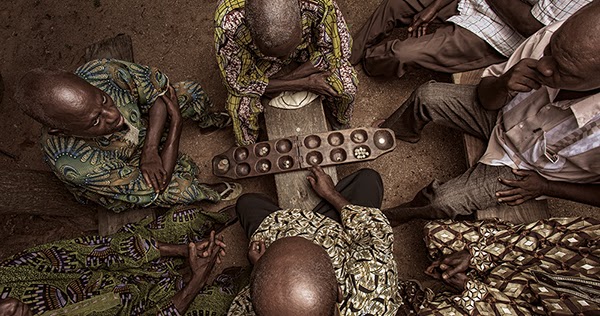

The dealer then places a face-up card on top of each face-down card, so now each player has 8 cards. and is found in varied forms throughout Africa and Asia.

The dealer places a card face down in front of the other player, and then in front of the dealer, alternating until each player has a row of four face-down cards. African Peoples: Rules and Strategies Anthula Natsoulas University of Toledo Mancala is a game whose existence has been documented as early as 1500 B.c. On the contrary, if the participant does not manage to place the last stone in its home, then the turn moves to the opponent. Mancala rules have almost 80 variations in this day and age but the essentials remain the same. Use a normal deck of 9-10-J-Q-K-A in all four suits. If the participant manages to place the last stone in its home, the participant gets another turn. The participant to start will take all the stones from one of his/hers ambons, and distribute them one by one in the clockwise direction into the ambons/home (except for the opponents home). The ambons to the right of the player, belong to that player.ĭecide on whom will start the game. For example, more advanced players like to use 6 pieces in each pit. You can also play with more pieces in each pit to start. It has a relatively simple Mancala Game Strategy and Rule Variation. To set up a game of Mancala, each player places 4 pieces into each of the 6 pits on their side of the board. The most widely played games are Mancala. The game is played by two players, seated opposite to each other and with the homes in front of themselves. When playing the game, facing the board, your Store will be on the right side of the board.

6, of the 72 stones should be placed into each ambon, as shown in the above picture. The goal of the game is to collect as many stones as possible to your own home.īefore you start the game, equally many, i.e. The Kalaha board consists of 14 holes, 12 of equal size, the ambons, and two bigger ones, the homes.


 0 kommentar(er)
0 kommentar(er)
